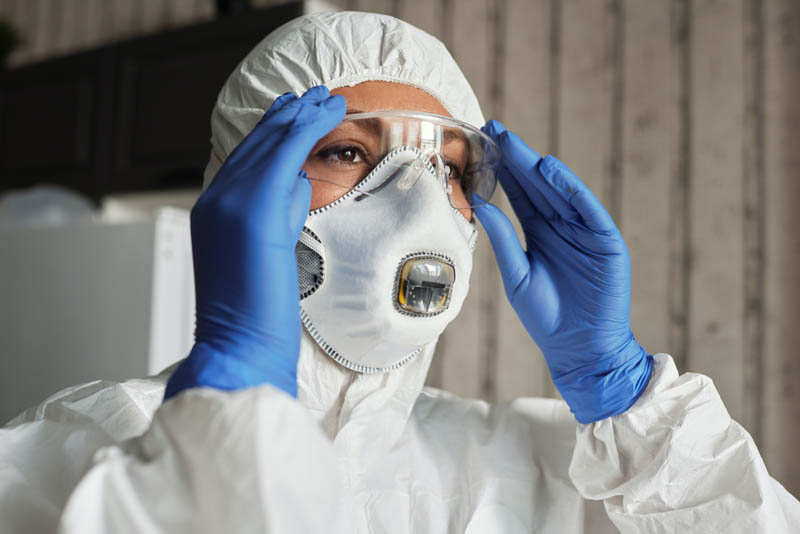
If you’re exposed to asbestos at work, your boss may recognize it and give you personal protection equipment (PPE) that is intended to keep you safe. It’s common for those in home renovation and maintenance careers to encounter asbestos in older buildings, for instance.
But does this really mean that you were protected? Was the equipment you were given actually the right equipment for the job?
Asbestos prevention starts with the right mask
Let’s begin by considering a facemask, which is the base layer of protection most people are given. Inhaling asbestos particles can lead to cancer and disease, so, while asbestos remediation teams may have more specialized suits, many workers use masks as the main line of defense.
What you need is a respirator that is fitted with P-100 filter cartridges. This can stop about 99.97% of the particles in their air, and it has been rated for asbestos.
Disposable masks will not help. A dust mask from the hardware store will do virtually nothing against asbestos. Even a disposable P-100 mask may not be enough, as it may not seal securely to your face. The mask itself works, but particles can get in around the sides.
What if you had the wrong gear?
If you wind up with an asbestos-related illness and you note that you think your on-the-job exposure is what caused it, your boss might counter by saying they gave you safety gear, so it must have happened elsewhere. As you can see, they may be very wrong in this assessment, even if their intentions were good. It is important for you to understand all of the legal options you have.
